Activities - Benjamin-Mills
Activities - Benjamin-Mills
Activities - Benjamin-Mills
You also want an ePaper? Increase the reach of your titles
YUMPU automatically turns print PDFs into web optimized ePapers that Google loves.
INVESTIGATING THE CHEMISTRY OF THE –OH GROUP IN VARIOUS ENVIRONMENTSWM3Part 2: Comparing different alcohols1 Place about 1 cm depth of 0.1 mol dm –3 potassium dichromate(VI) solution ina test-tube. Add 2 mol dm –3 sulphuric acid until the tube is half full. Thendivide this mixture as equally as possible between five test-tubes.You are going to investigate the effect of this oxidising mixture on a rangeof alcohols, for example ethanol, propan-1-ol, butan-1-ol, butan-2-ol and2-methylpropan-2-ol.2 Add 3 drops of one of the alcohols to the oxidising mixture in one of thetubes. Be careful not to add too much alcohol. (CARE Alcohols are highlyflammable. Keep the bottle well away from naked flames.)Carefully warm the contents of the tube until they just begin to boil.(CARE Do not continue to boil the liquid in case alcohol vapour catches fire.)3 Label the tube and leave it to stand. Repeat the procedure in step 2 witheach of the other alcohols.4 Make a note of any changes of appearance of the mixtures in the tubes. Workout what has happened in each case, and present your results in the form ofa table showing the structural formulae of the alcohols and any productswhich are formed.QUESTIONSc There is a pattern in the behaviour of the alcohols towards oxidation.Describe the pattern.d There are three different structural types of alcohol in this investigation.Suggest why the three types behave differently. Building models of aseries such as butan-1-ol, butan-2-ol and 2-methylpropan-2-ol mighthelp you see more clearly what is happening.AS LEVEL„ Salters Advanced Chemistry 2000 – see Copyright restrictions143



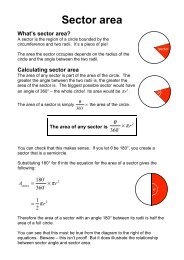
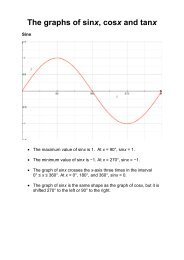
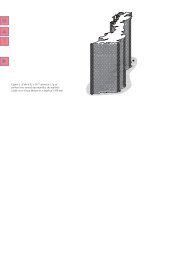
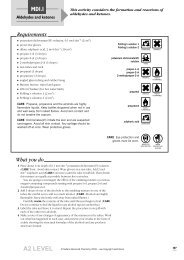
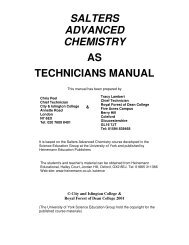



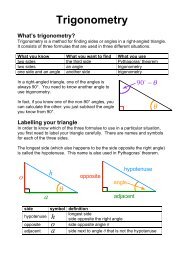
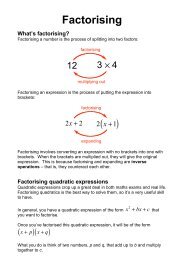
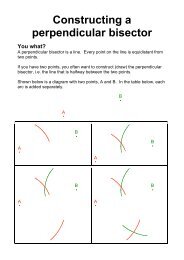

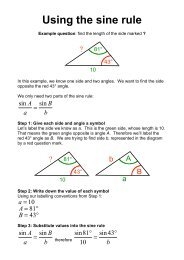
![ISI Web of Knowledge [v.4.10] - All Databases Results - Benjamin-Mills](https://img.yumpu.com/39253071/1/184x260/isi-web-of-knowledge-v410-all-databases-results-benjamin-mills.jpg?quality=85)